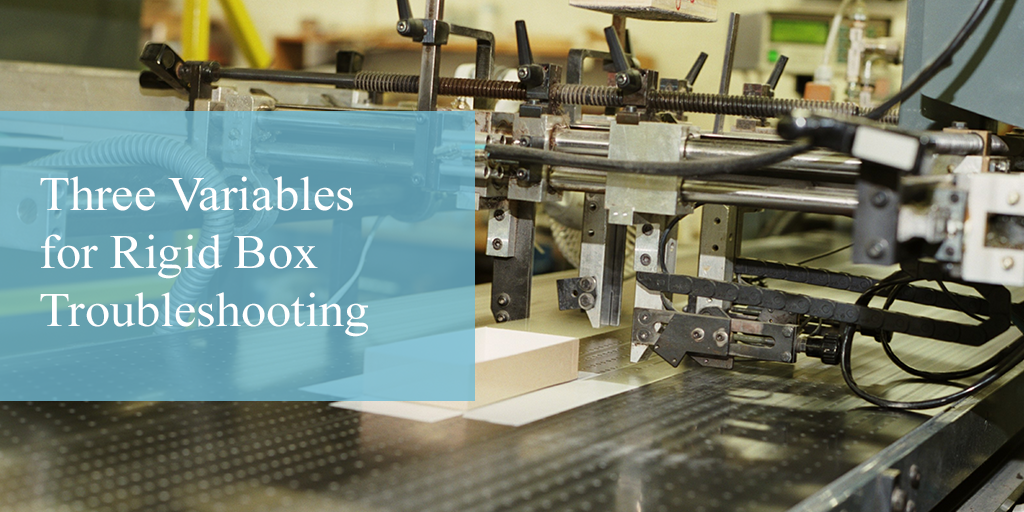As many manufacturers know, using protein glue in production is a bit of a balancing act. Apply adhesives require operators to consider several variables to ensure it has the proper adhesion. When using natural protein glue, you mainly have to think about three aspects: temperature, viscosity, and the amount of adhesive applied.
Temperature and Viscosity
The viscosity of a liquid depends strongly on temperature. When you alter the temperature of a substance, you change its viscosity or thickness. Take honey, for example. If you store honey in the fridge, it becomes thick. The honey is more mailable at room temperature but still tacky, and when heated, it becomes very runny.
Protein glue is the same way! Lowering the glue's temperature makes it thicker, but that can gum up production by causing the glue to set too quickly. If kept at an optimal temperature between 140-150°F when applied, it lays in a thick but even coating. But if heated up too much, the protein glue becomes too runny or can possibly burn.
The Amount of Glue Applied
You need to apply the right amount of glue at the proper temperature to have it set correctly. Too little glue, and you might have boxes that pop open. Too much adhesive can extend the time it takes for it to set or cause messy seams. The best way to make sure you're laying down the right amount of glue is to test it with a MIL depth gauge.
Common Questions About Rigid Box Production
Why is my glue taking too long to dry or set?
If your protein glue isn’t setting correctly, you should check these two variables:
- Check the temperature of the adhesive and lower it if you can. If the glue is too runny and not adhering probably, you’re probably running the glue above the recommended temperature.
- Check how much adhesive you are applying. The more glue you put down, the longer it takes to dry. It’s time to pull out your MIL depth gauge and see just how much glue you're applying.
Why is my glue setting too quickly?
If your protein glue is drying too quickly, it’s probably due to one of these two reasons:
- Check the temperature of the glue as it’s likely too cold. If the temperature is too low, glue can dry before it comes into contact with your substrates.
- You might not have enough glue on your substrates to achieve a good bond. Measure to see how much glue you are applying.
What tools can I use to check these three variables in protein glue?
- Thermometer
- Refractometer
- MIL depth gauge
Concerns About Protein Glue Application?
We’re the experts when it comes to all-natural protein glue. If you're having trouble with your production or want to know how to improve it, contact our team.







